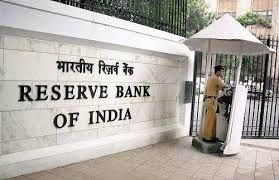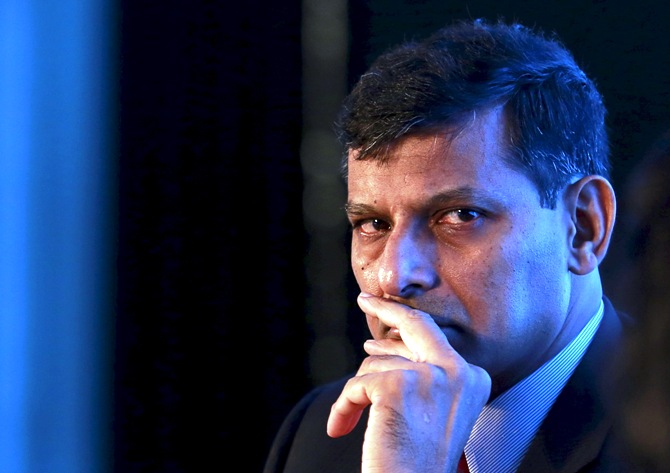 The easing of rates would help sustain retail consumer sentiment over the next few months
The easing of rates would help sustain retail consumer sentiment over the next few months
Terming India’s economic growth at 7.4 per cent for the second quarter as ‘satisfactory’, bankers want the Reserve Bank of India to continue with monetary easing and reforms in regulations for economy to gather more steam.
Public and private bank executives said a 7.4 per cent growth rate was already factored in.
The activity and base for growth is consolidating, but retail demand (for credit) is good.
However, the industrial demand remains weak.
More steps are necessary to accelerate speed, where further easing of repo rate ranks at top in the chart.
This could be done over the coming quarters and not necessarily in December.
While RBI focuses on what is under its wings, the government has the onus to make reforms on the tax side and not harm investment sentiment, bankers noted.
RBI has cut repo rate, a key rate at which banks borrow short term from the central bank, by 125 basis points (bps) in 2015 (calendar year).
In last monetary policy review on September 29, 2015, it had cut the rate by 50 bps, terming that action as 'front loading” for pushing demand. Previous cuts were baby steps of 25 bps each.
According to a senior State Bank of India executive, RBI has managed the inflation mandate well. But it also has to address growth concerns for which further monetary accommodation is necessary.
More rate cuts would entice banks to pass on the benefit to consumers, especially those in the retail segment and also reduce interest cost burden for vulnerable small units.
Banks have reduced the base rate -- the benchmark used to price loans to borrowers -- by 50-70 bps, said a middle-level executive with a large private bank.
The easing of rates would help sustain retail consumer sentiment over the next few months.
Its cumulative effect would show an uptick in the investment cycle in the closing months of the current financial year, said an executive with IFCI.











 © 2025
© 2025